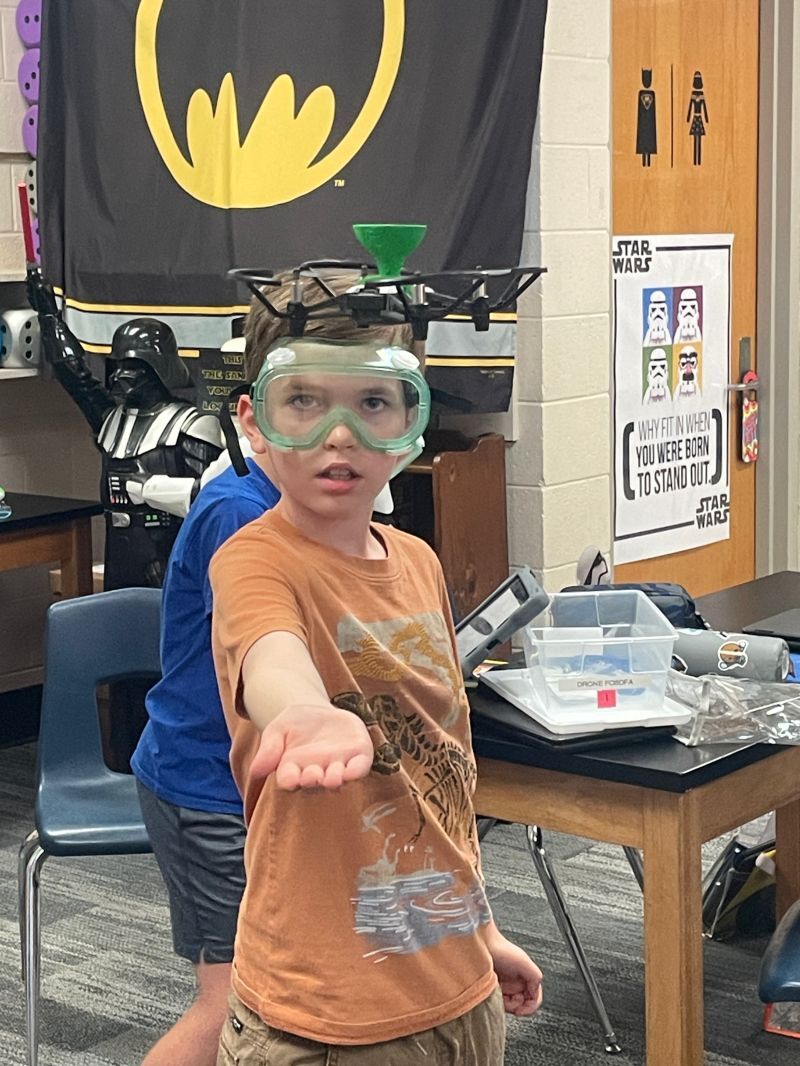Technology and science go together like peanut butter and jelly. For centuries, they have worked together to help humanity create inventions that solve big problems. Technology relies on scientific discoveries to develop solutions, whereas science uses technology to improve research, often leading to new discoveries.
Drones technology is used in scientific applications across a wide range of fields. From animal science to climate science, drones are revolutionizing the way researchers work.
In this article, we’ll take a closer look at some of the exciting ways drones and science collaborate to discover more about the world in which we live.
Drones and Natural Science
One of the many ways drones can assist with natural science research is by optimizing data collection. In Colorado, a natural science organization called Earth Lab is using drones to create better processes for sturdy systems measurement.
The team believes that drone technology has the potential to support more traditional methods of data collection, so they have begun experimenting with unmanned aerial systems (UAS) to collect data from environmental research sites.
The benefits that researchers have found thus far include:
- Better systems development: Drones can create more repeatable processes for data science.
- Reliable measurements: Remote sensors are less prone to human error.
- Affordable and efficient: Repeatable and reliable processes decrease cost waste.
- Versatility of data: Drones can capture unique vantage points in a variety of difficult and inaccessible landscapes.
- High-quality data: The images and videos drones are capable of capturing are high-resolution and can be scaled up as needed.
- Consistency: Drones allow researchers to collect high-quality data across landscapes without the use of film crews and airplane flights, allowing for more frequent collections.
- Improved workflow: Crews working with drones report their tasks and assignments to be more accessible.
The ultimate goal of Earth Lab’s research is to remove barriers to entry into the natural sciences by making data collection more accessible with drone technology.
Drones and Animal Science
One way drones are used in scientific research is to support animal scientists. Not animals that are scientists—scientists who study animals.
From collecting samples to mimicking flight patterns, drones are the technology behind innovative solutions to the problems troubling animal scientists.
In Australia, researchers at Macquarie University have been employing drones to perform a unique job. They collect bacterial samples from whale blowholes. The researchers fly drones over the whales as they blow. Then, using a petri dish, the drones collect as much of the spray as they can before returning back to shore.
Some of the benefits these researchers have found with drone use include:
- Healthier samples: Previously, many scientists has to collect samples from beached whales. Since many beached whales are sick, dying, or injured, their bacteria was often compromised or contaminated.
- Safety: Collecting from healthy, swimming whales was considerably more dangerous before drones.
- Comprehensive data: By collecting healthy, uncontaminated samples from a larger variety of whales, researchers are able to get a better understanding of the health of a whale population.
- Better comparisons: Data from more species in the same ecosystem can be compared to draw conclusions about the health of the entire marine environment.
Luckily, the whales have no idea they are being studied when the drones collect their blow-hole bacteria. However, not all animal researchers are able to accomplish this level of stealth with their subjects.
This is another problem for which drones are an excellent solution, as the unmanned nature of this technology allows scientists to get real-time, close-up footage of animal populations that are sensitive to human interference.
Drones and Atmospheric Science
Weather and storm forecasting are becoming increasingly important fields of study because of the challenges presented by climate change. And drones are leading the way to improved data collection.
Researchers at the Northern Gulf Institute used drones in the aftermath of Hurricane Delta to collect images and data about riverbanks. The goal of this project was to better understand flooding patterns to improve infrastructure and neighborhood resiliency to natural disasters.
Scientists also use drones to improve their understanding of derechos in order to provide better warnings to impacted areas. There are many ways drones can support derecho research projects. Here are a few examples:
- Surveying damaged areas
- Collecting detailed footage
- Improving storm estimates and predictions
- Developing hazard prevention techniques
These projects are able to reveal more detailed information about damage from natural weather in areas where there are fewer human-made structures. Straight-line wind can have an impact on vegetation, and tornadoes create a unique pattern in tree fall. These images allow scientists to better understand what takes place during catastrophic weather events.
Why Scientists Use Drones
There are many ways scientists can use drone technology to support their research efforts. As technology advances, the list of opportunities, benefits, and capabilities will continue to grow.
Some of the most common applications of drone technology in science include:
- Data collection
- Mapping
- Machine maintenance
- Site security
- Materials delivery
- Surveying
By applying drone technology to optimize traditional approaches, research teams are able to save money, obtain more accurate data, and conduct more robust research.
Kids, Drones, and Science
Drones are the future of scientific research. They are quickly becoming an integral part of many research projects, which means any student who learns about drones can benefit from employable skills and cutting-edge STEM competency.
Imagine a classroom where students can collect footage of their neighborhood, create maps, and fly in educational missions. That’s the type of classroom we are promoting: engaging STEM curriculums that inspire the next generation of thoughtful technology and science leaders.
Creating a better future involves educating students to be innovative, compassionate, and courageous in their use of technology.
Contact us to learn more about our high-tech curriculum for holiday programs, summer enrichment, or weekend fun classes. We provide the support and resources your facility needs to encourage children to develop a passion for science and technology that will empower them to make the world a better place.




